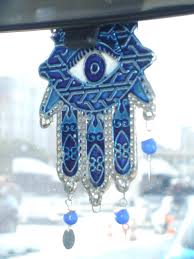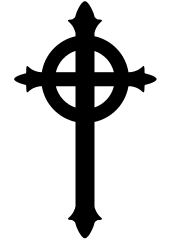
Sikh symbol
| Symbol | Sikh |
| Origin | Traces back to Guru Nanak's teachings in the 15th century. |
| Meaning | Symbolizes unity, equality, and devotion to God. |
| Appearance | Iconic Khanda, a central double-edged sword, flanked by two single-edged swords. |
| Colors | Often depicted in metallic or symbolic colors like blue and orange. |
| Usage | Prominent in Sikh places of worship, ceremonies, and on Sikh flags. |
| History | Evolved with Sikhism's development, embodying the faith's principles. |
| Popularity | Globally recognized, resonating with Sikh communities worldwide. |
| Importance | Emblematic of Sikh identity and commitment to righteousness. |
| Complexity | Multifaceted, representing spiritual, temporal, and humanitarian aspects. |
| Emotions | Elicits feelings of pride, belonging, and devotion among Sikhs. |
The Khanda: A Symbol of Sikhism
The Khanda is the most recognized symbol of the Sikh faith, representing its core values and principles. It’s often compared to the Cross in Christianity or the Star of David in Judaism. Here’s a quick breakdown of its key elements:
Central Figure:
- Khanda (Sword): Represents courage, righteousness, and the defense of the oppressed.
- Chakram (Ring): Symbolizes God’s eternity and indivisibility.
Surrounding Elements:
- Two Kirpans (Swords): Embody the dual ideals of Miri (worldly authority and duty) and Piri (spiritual consciousness).
Meaning:
- The Khanda emphasizes the balance between spiritual pursuits and social responsibility.
- It promotes courage, justice, and defending the weak while upholding spiritual values.
Additional Notes:
- While the Khanda is the most prominent symbol, the Ek Onkar(meaning “One God”) is also significant, often appearing alongside the Khanda.
- The Khanda is displayed on the Nishan Sahib (Sikh flag) and worn by some Sikhs as a pendant or emblem.
View rest of the Sikhism Symbols, Religious Symbols
-
444 angel number
-
333 angel number
-
222 Angel Number
-
Christianity
-
Catholic Fish
-
Hamsa Hand
-
Jesus Cross
-
Presbyterian
-
Judgement








